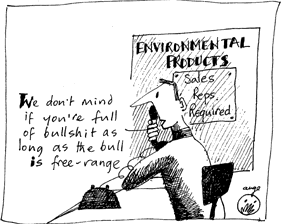 Source: Rustle the Leaf
Source: Rustle the Leaf With high gas prices straining our household budgets, hybrid car has been advocated (both by government, car manufactures and some scientists) as the “best” alternative of conventional petroleum-based vehicles for a long long time. Such advocacy is much more strengthened with these two years due to the striking oil price.
Originally, the rationale behind hybrid car development was to reduce gasoline consumption and reduce air emissions. Fuel efficiency, together with alternative energy source, should be the main concerns. However, new hybrids car model are very focus on power and speed, ther newer the hybrid car model, the faster and more powerful it is. It implies that more fuel/electricity are required pre journey with those newly innovations. It seems to me that there is a risk the hybrid car development is going out of the track.
The current hybrid car development trend is a good demonstration about the “effectiveness” of using technology to fix environmental problems. Technology is one of the solutions but never can be the only solution to deal with environmental crisis. In the hybrid car case, attitudes towards how and why people using car is the more underlying cause that we have to deal with. It is pointless to use an environmentally sounded technology or products in an unenvironmentally friendly way. Similar situation in the nuclear power or other renewable energy development. Shifting energy sources or finding alternative are not able to solve energy crisis if people keep using energy in consumptive and insensible way.Sadly, the main stream environmental practice is still focus on techno-fixed solution. Although there are heaps of people and studies suggestion and urging about the essential of changing attitudes, behavior and culture, those discussion are still fighting only on paper.
Latest News on Hybrid Car: Scientists Back Plug-In Hybrids












